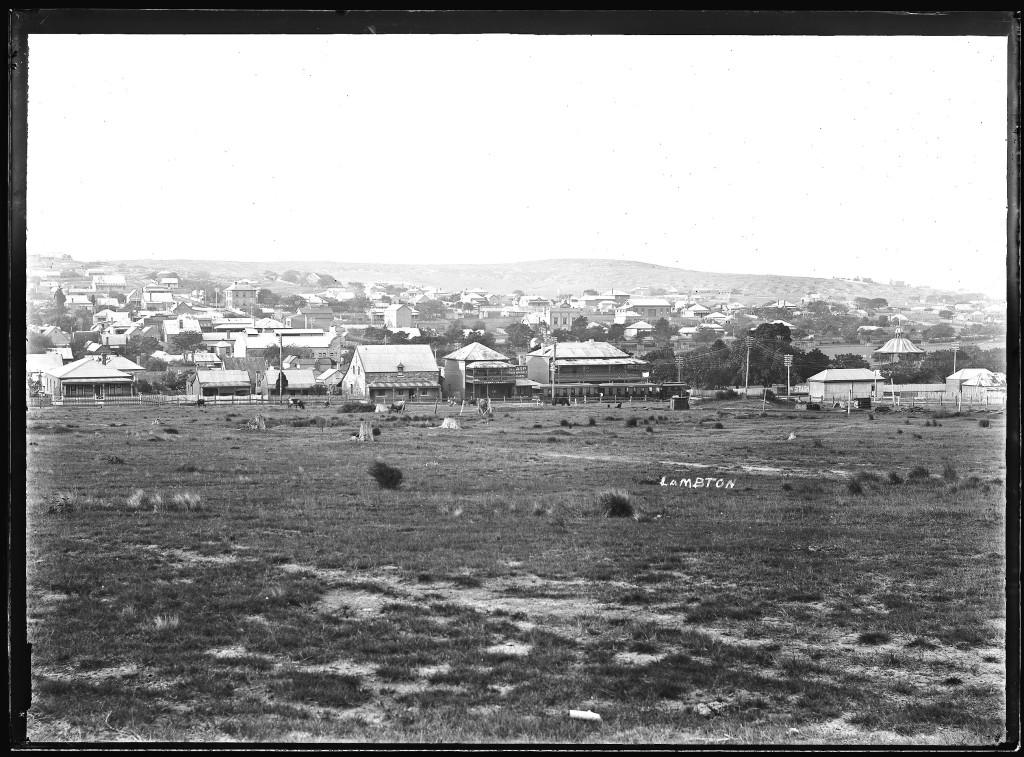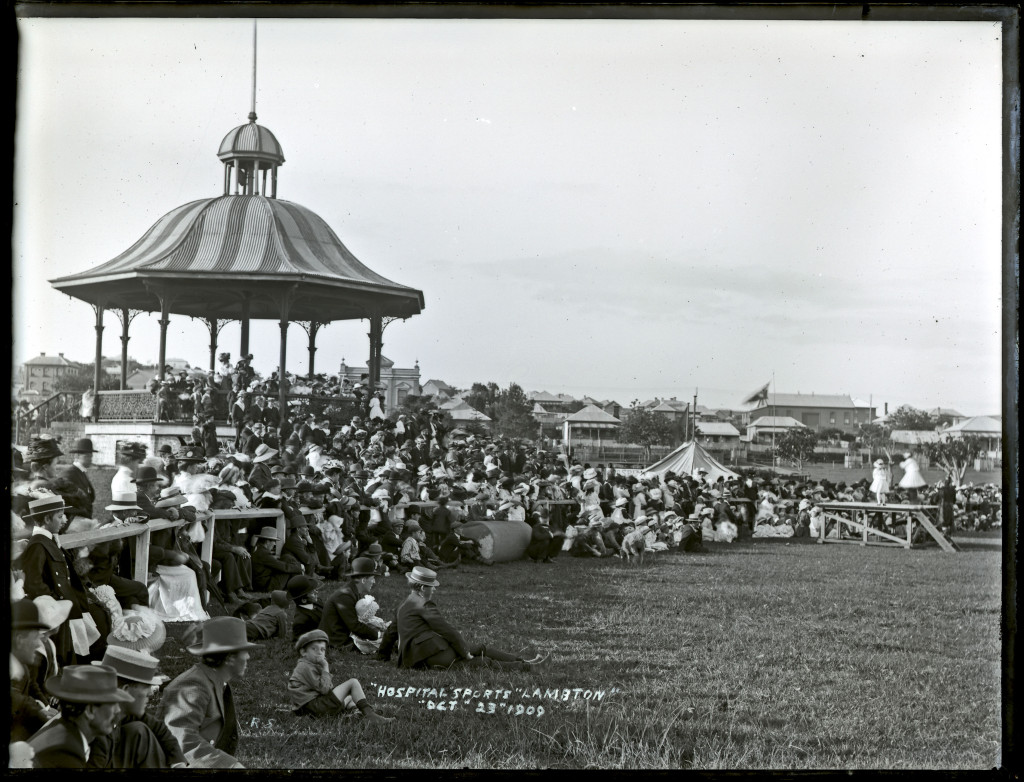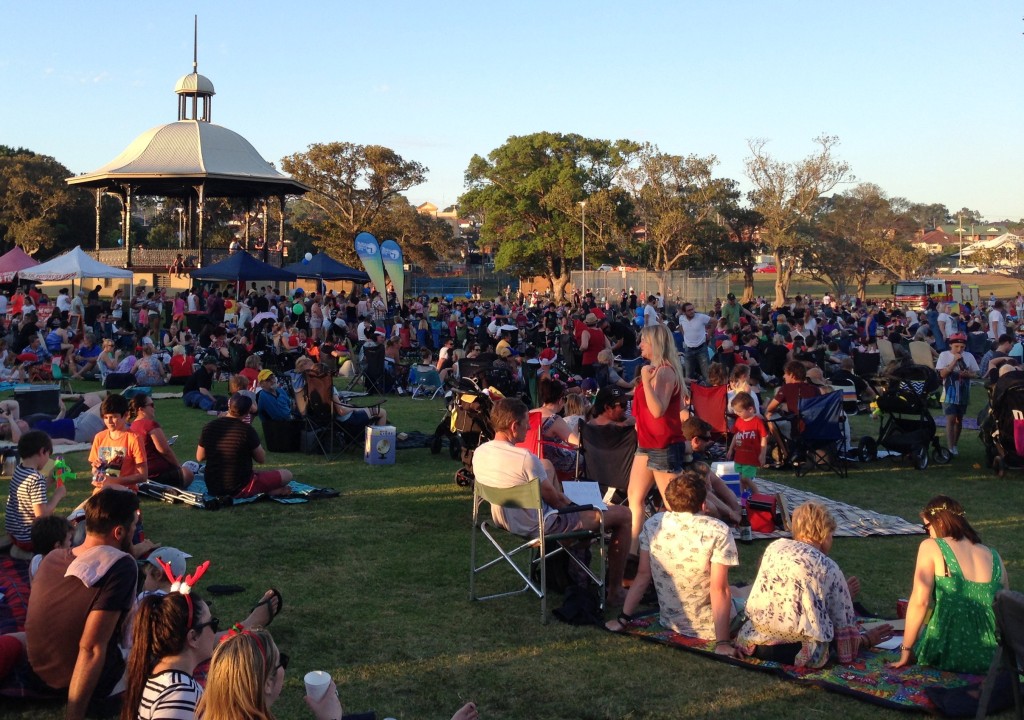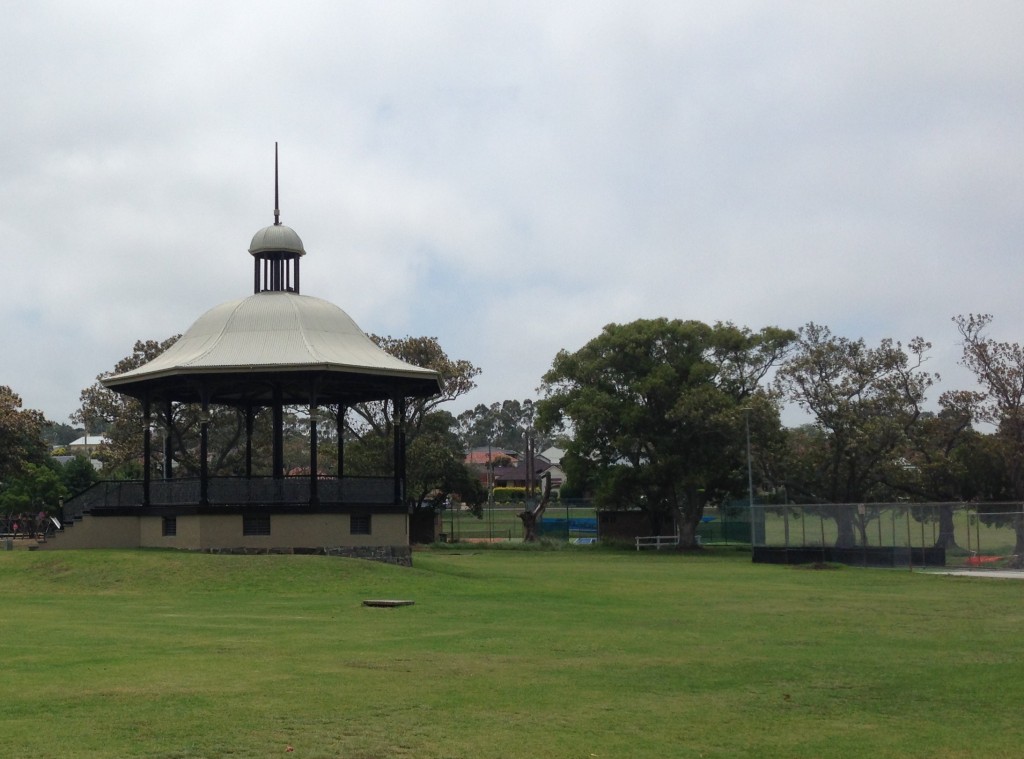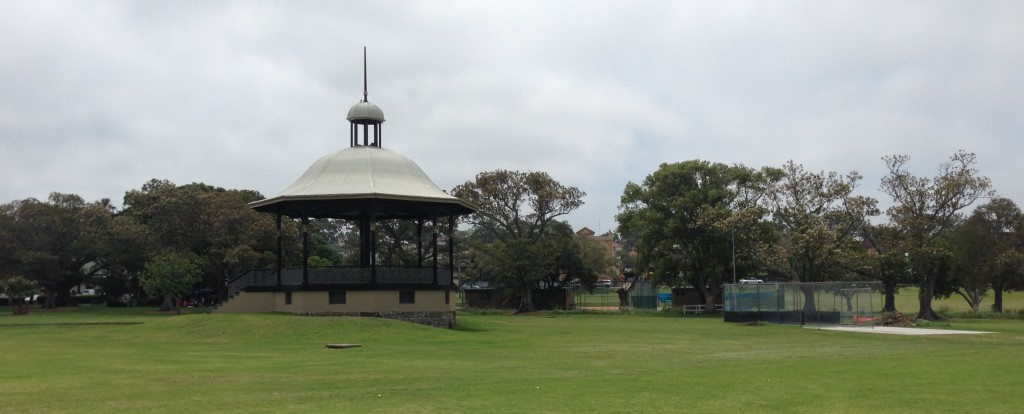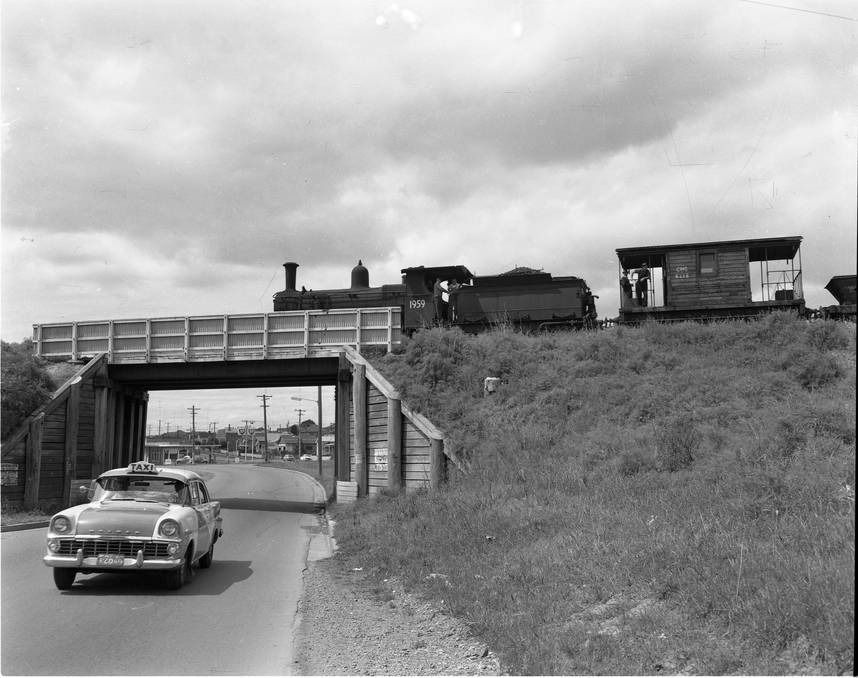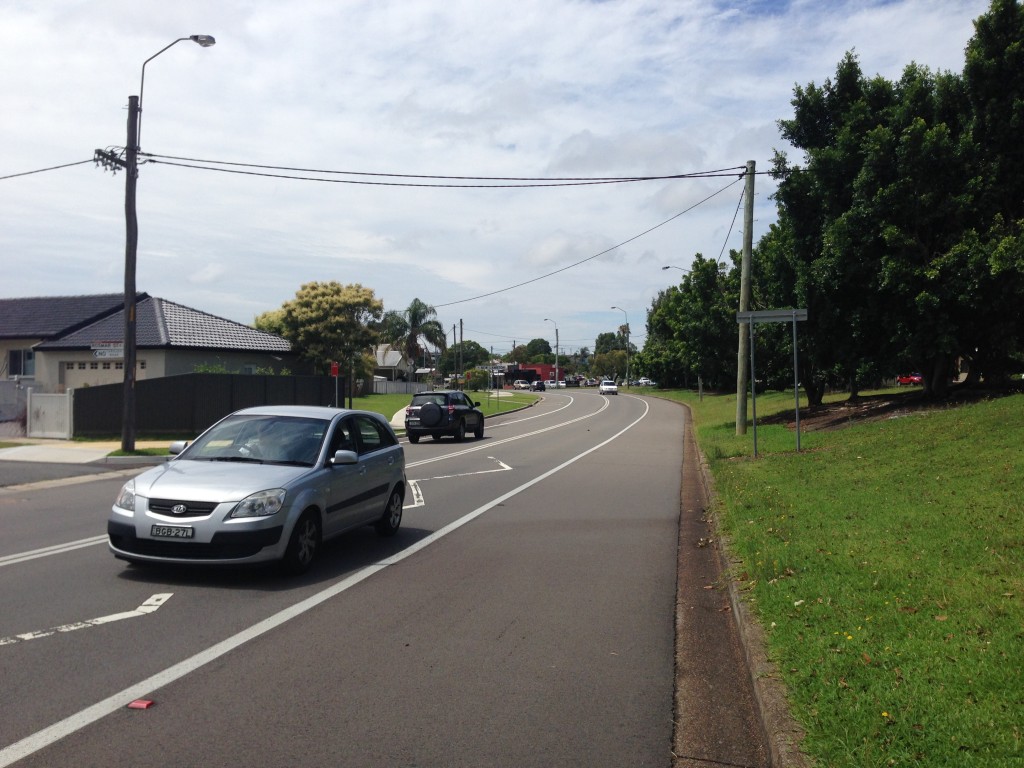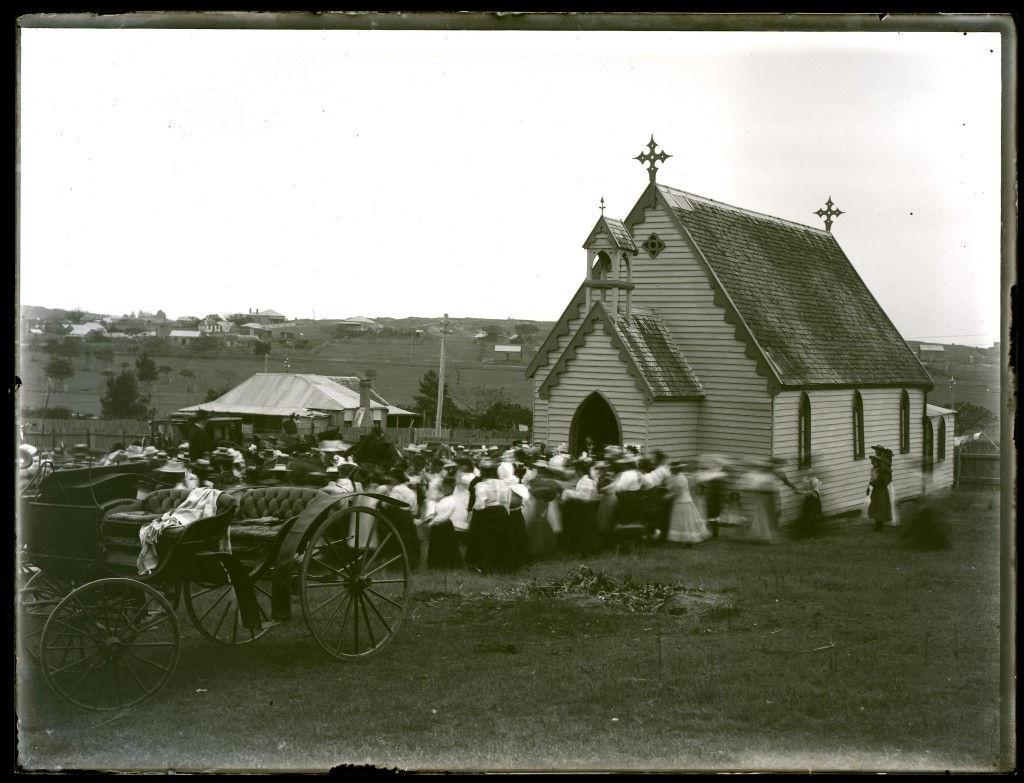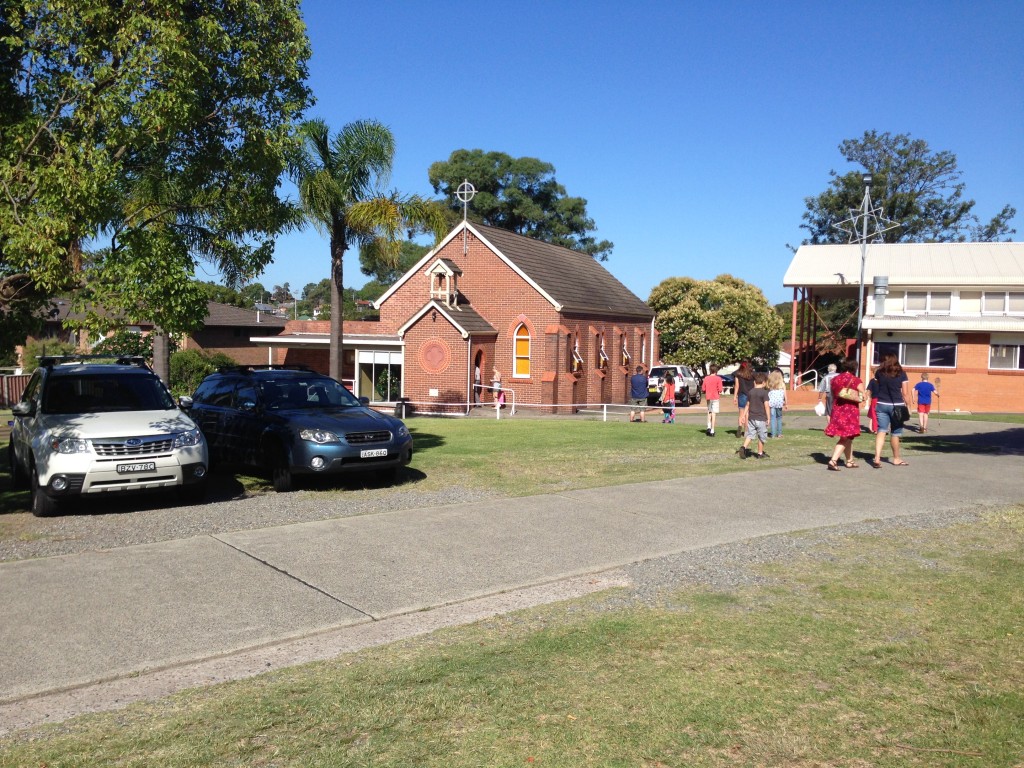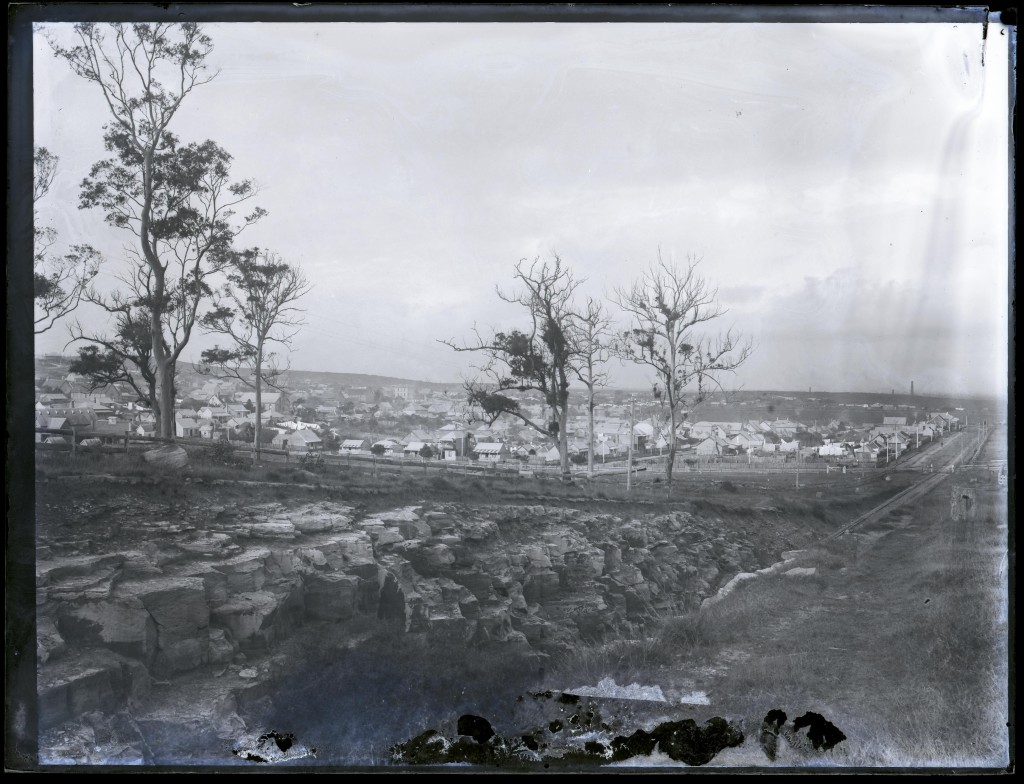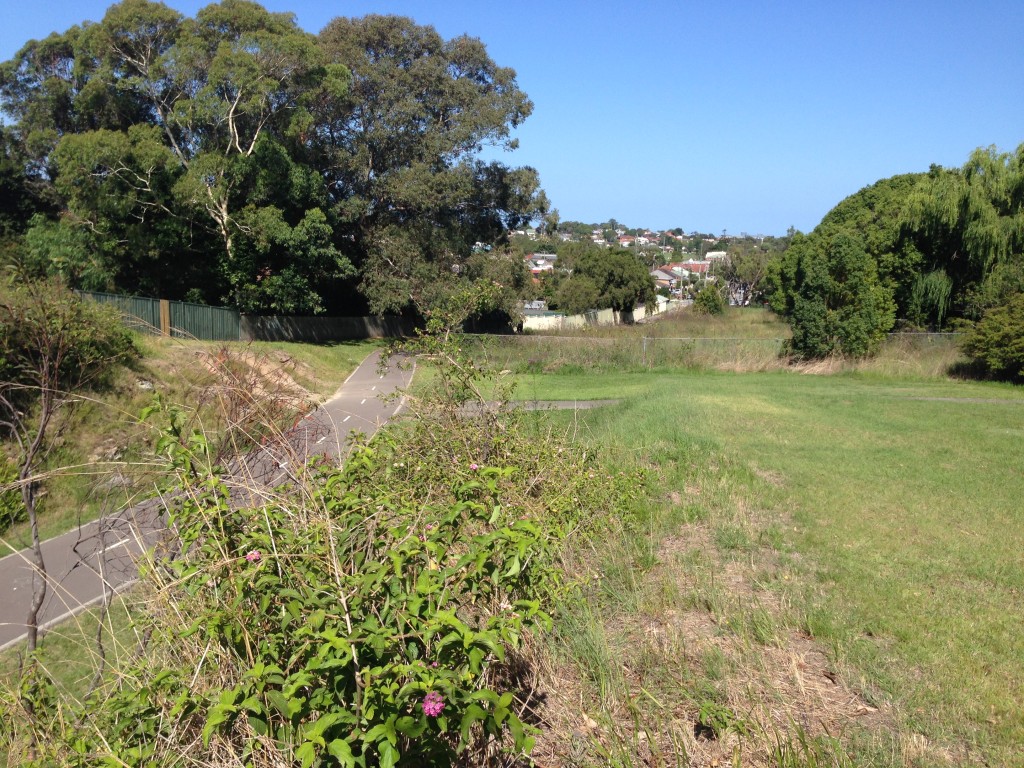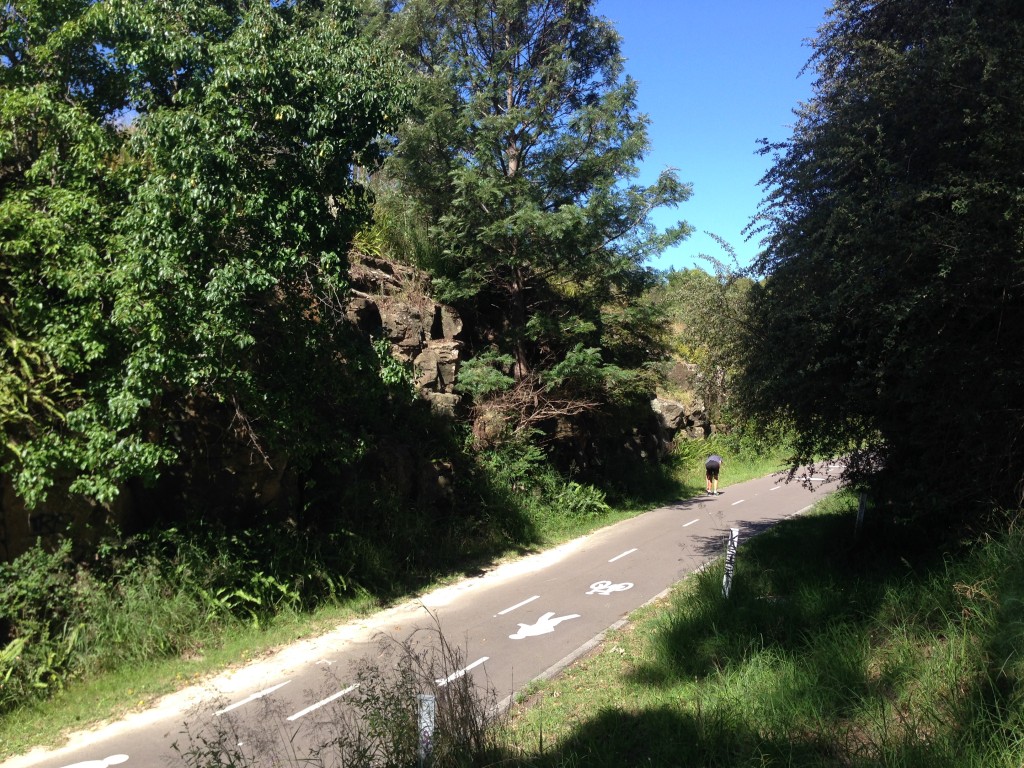 Merry Christmas from the Wetherall’s (and the cat). Also don’t miss appreciating the Escheresque reflection in the Christmas bauble.
Merry Christmas from the Wetherall’s (and the cat). Also don’t miss appreciating the Escheresque reflection in the Christmas bauble.
Monthly Archives: December 2014
Then and Now 6
1912
2014
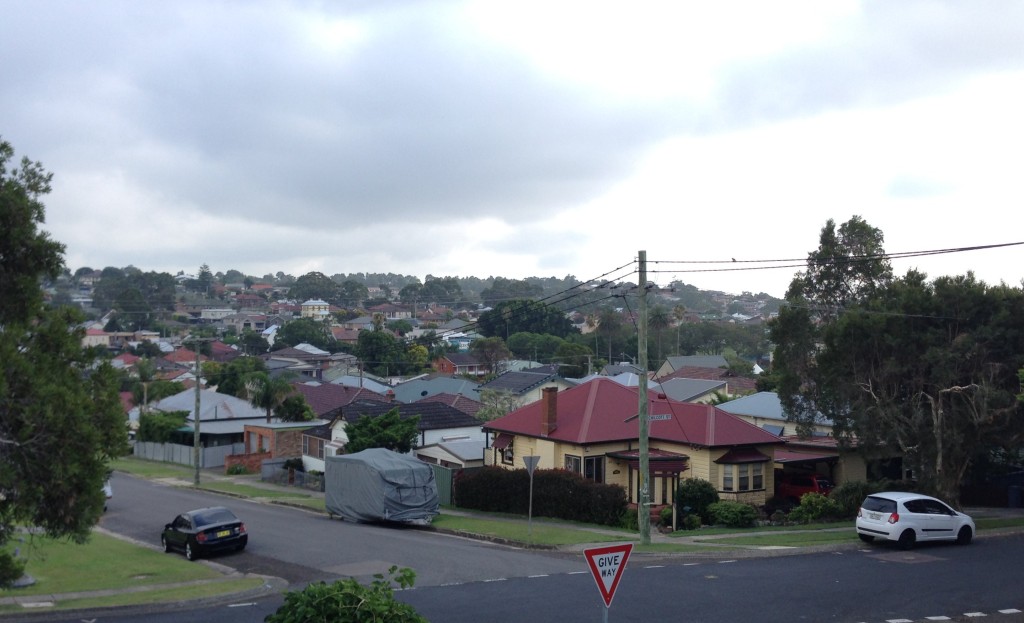 The site where the original photo was taken is now houses. This photo is as close as I can get to the original location. Still visible 102 years on, are the old Post Office in Morehead St, the old stone house in Howe St, and if you look carefully the roof of the old Red Lion Inn on the corner of Morehead St and Newcastle Rd.
The site where the original photo was taken is now houses. This photo is as close as I can get to the original location. Still visible 102 years on, are the old Post Office in Morehead St, the old stone house in Howe St, and if you look carefully the roof of the old Red Lion Inn on the corner of Morehead St and Newcastle Rd.
I was able to make a reasonable guess at the location the 1912 photo was taken from by triangulating from known points (Post Office + stone house, Mechanics Institue + Lambton Park Hotel, Rotunda + Morehead/Howe intersection) and drawing those lines onto a Google Maps image.
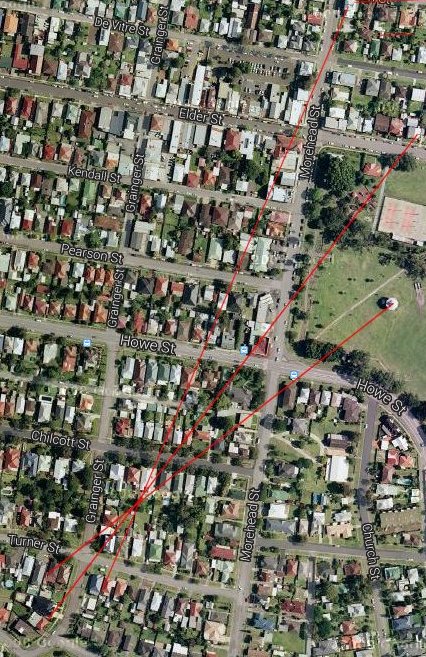
Then and Now 5
Then and Now 4
Adventures Up The Gully Line
Acknowlegement. This little adventure was inspired by the book by Peter Armstrong, “Looking Up The Gully Line – A History Of The Waratah Colliery”. Much of the information in this post is sourced from this book.
On the 22nd December 1961, the final whistle blew on the final shift at the Waratah Colliery and all but 3 of the 55 strong labour force were now out of work.
Fifty three years later to the day, on 22nd December 2014, I went for a bike ride with my son along the route of the Gully Line railway that connected the colliery to Port Waratah. We started our journey from Hunter Stadium and travelled south, on a gentle upwards slope, eventually reaching Raspberry Gully, the site of former colliery.
The following old maps in the University of Newcastle Cultural Collections shows the route of the Gully Line. (Note that rail corridors are coloured blue in these maps – don’t get fooled into thinking they are rivers!)
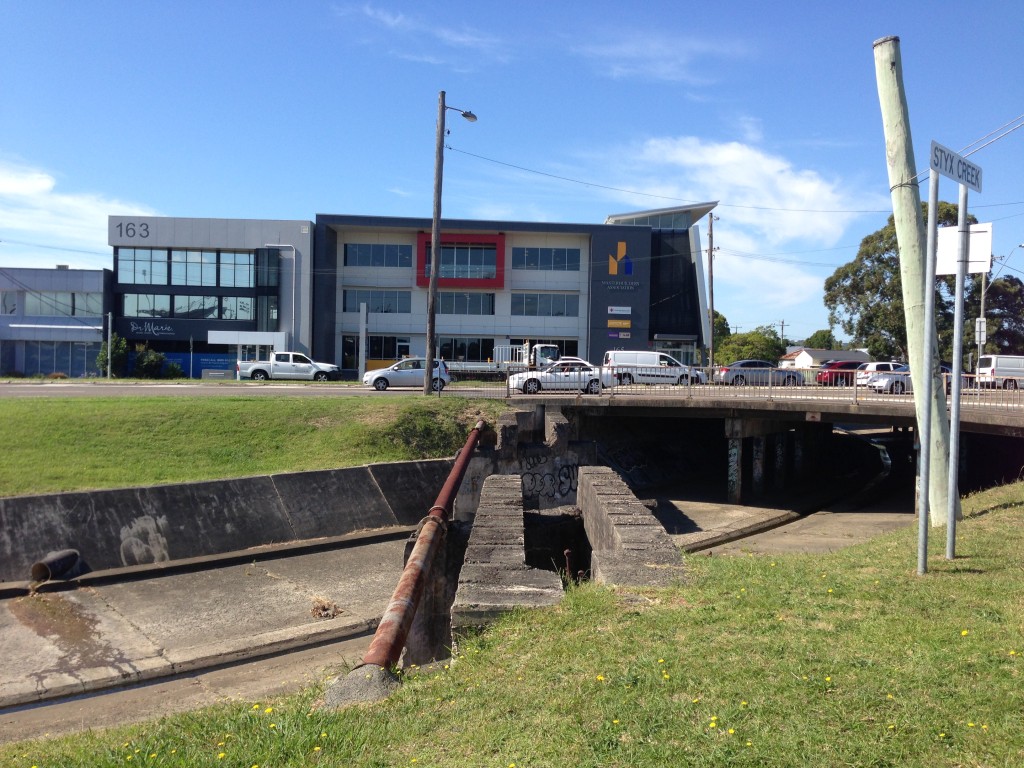
The remains of the bridge that carried the gully line rail across the stormwater drain in Broadmeadow.
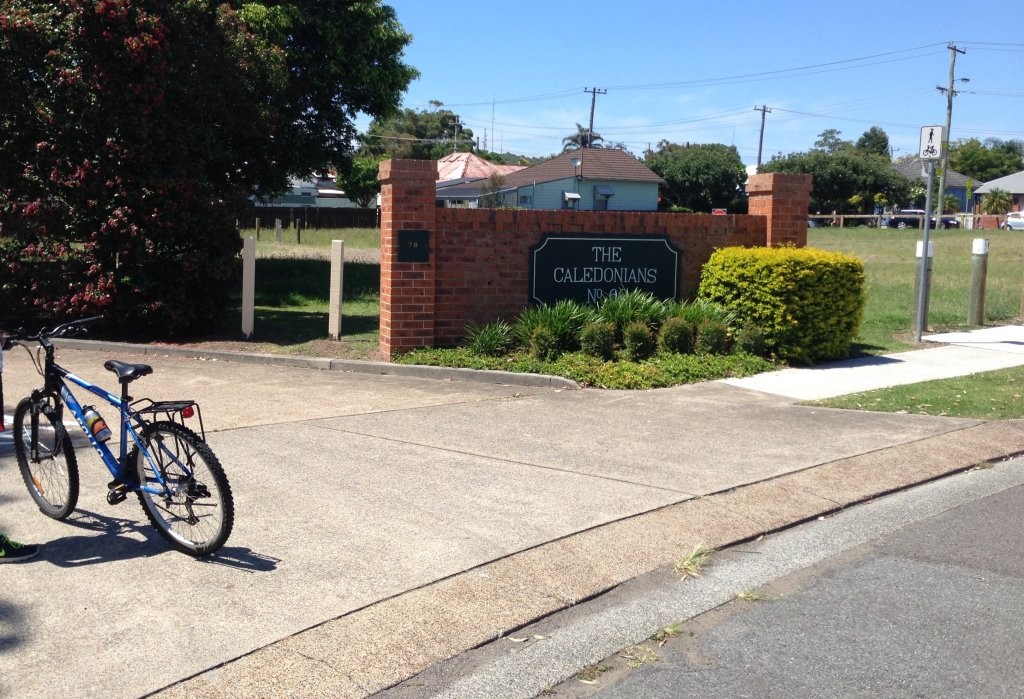
The South Waratah Colliery fell on hard financial times in 1895, and was taken over by the Caledonian Coal Company Limited, who then dropped the ‘South’ from the colliery name. This housing development on land previously occupied by the gully line is named after the new owners.
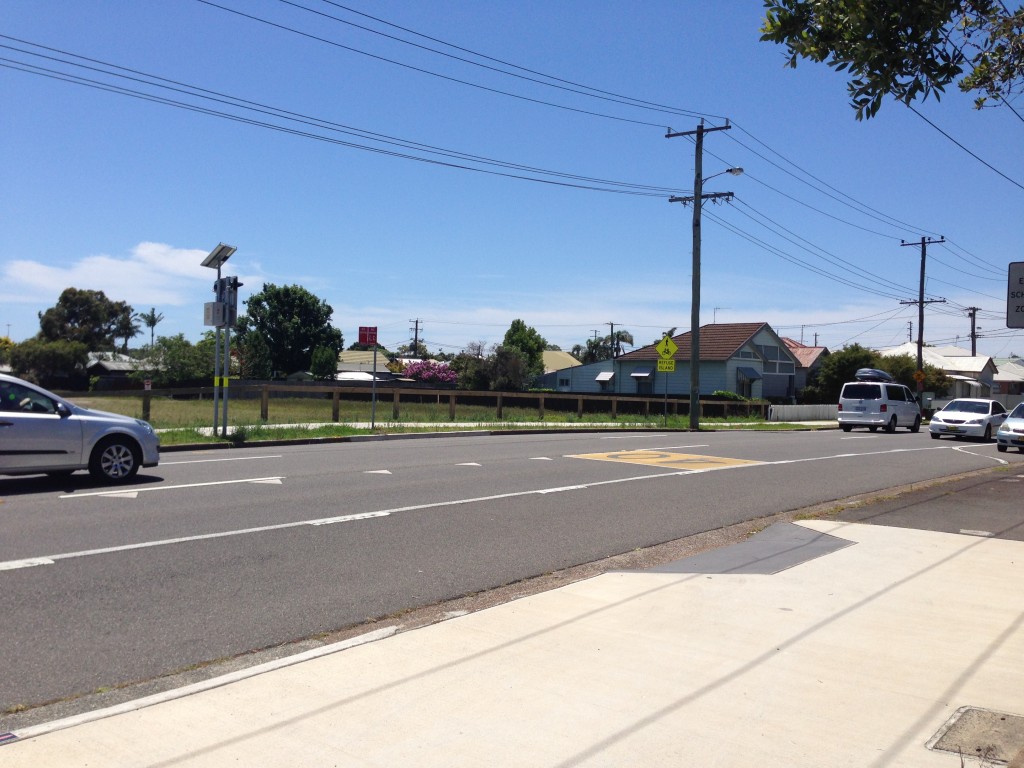
A slight crest in the road is the only remaining visible clue of where the gully line crossed St James Rd New Lambton
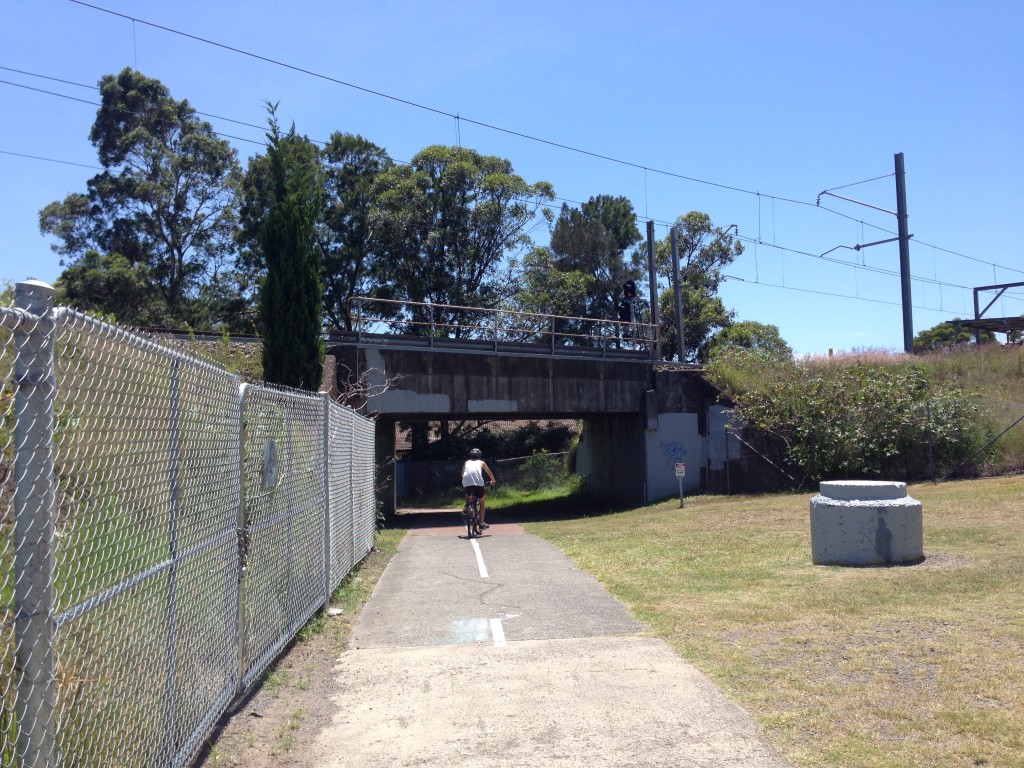
Looking north, through the underpass where the gully line passed under the main northern railway near St Pius X High School.

Similar to the St James Rd crossing, a slight crest in the road marks where the railway crossed Park Ave Kotara, just adjacent to the Dan Murphy’s store.
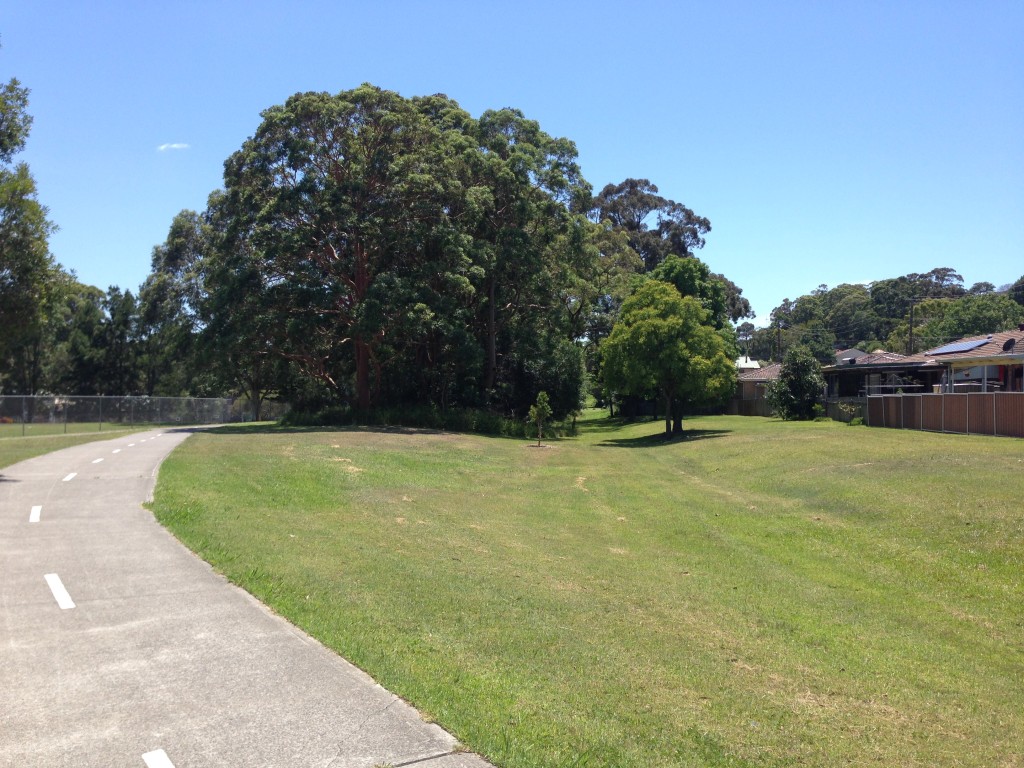
Looking north from Vista Pde Kotara, the present day cycle track veers away to the left of the path of the original rail line, which can be seen in the subtle dip of the landscape passing through the gap in the trees.
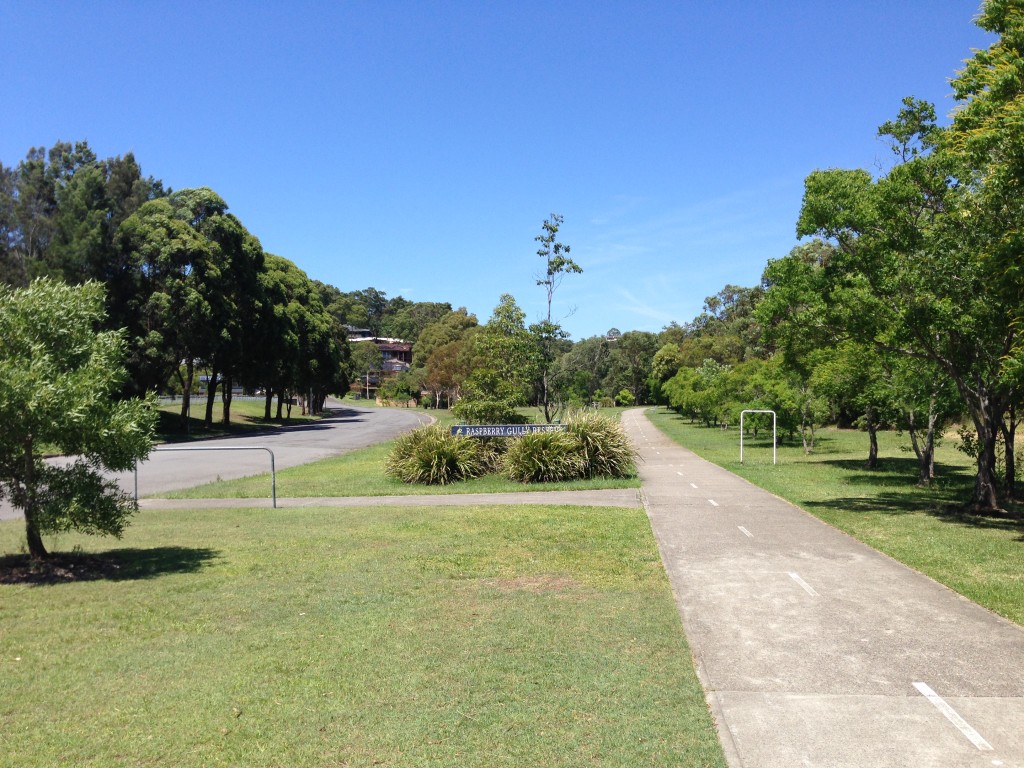
The South Waratah Colliery was situated in Raspberry Gully, just to the north of Charlestown, below the ridge that Charlestown Rd runs along. The Raspberry Gully name is preserved in the name of the reserve.
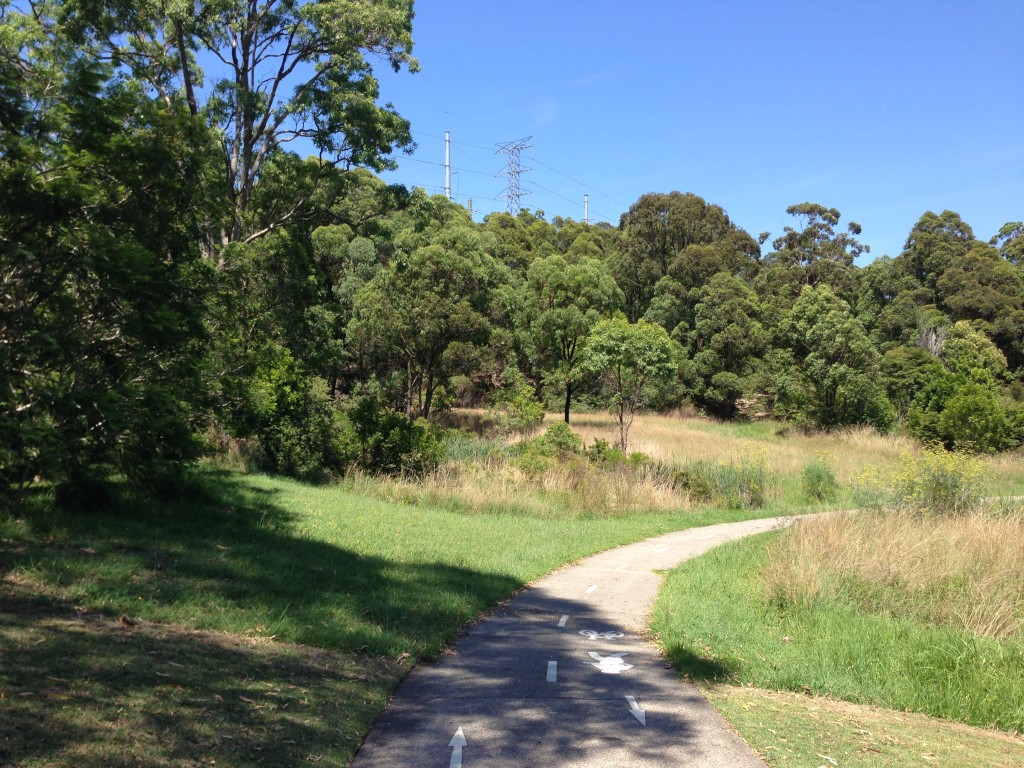
Somewhere here in this landscape the Waratah Colliery finished up production 53 years ago, in 1961. Nothing of the original colliery remains visible.

From Elton Close adjacent to Raspberry Gully, there is a set of stairs going up to Powell St Charlestown.
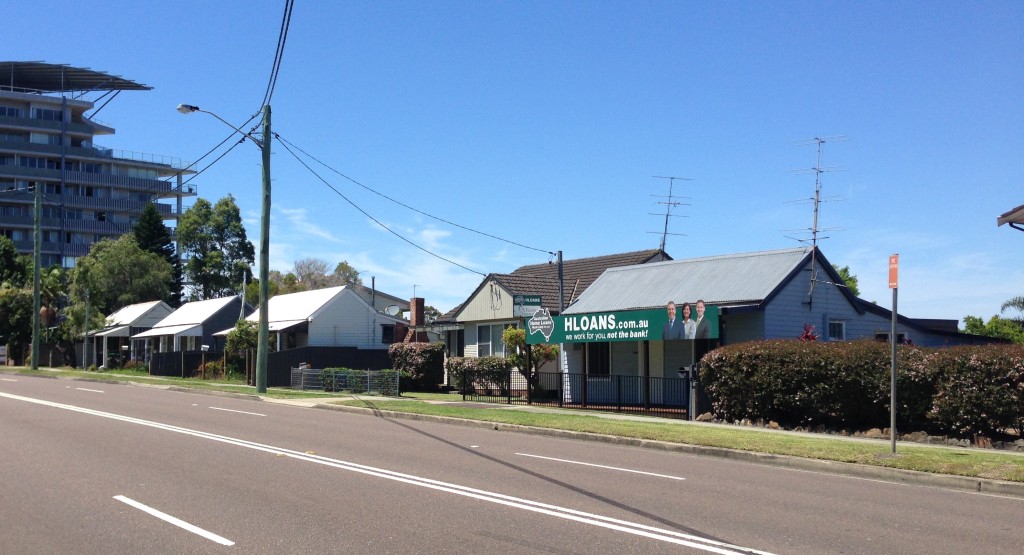
On Charlestown Rd, just near the turnoff into the shopping centre there are still standing four miners cottages built by the colliery to house strikebreakers in 1888.
Update, May 2021. The University of Newcastle Living Histories website has a number of aerial photographs of the Raspberry Gully/South Waratah colliery site, in the Brian R Andrews collection. Click on the images below to view the original photo on the Living Histories site.
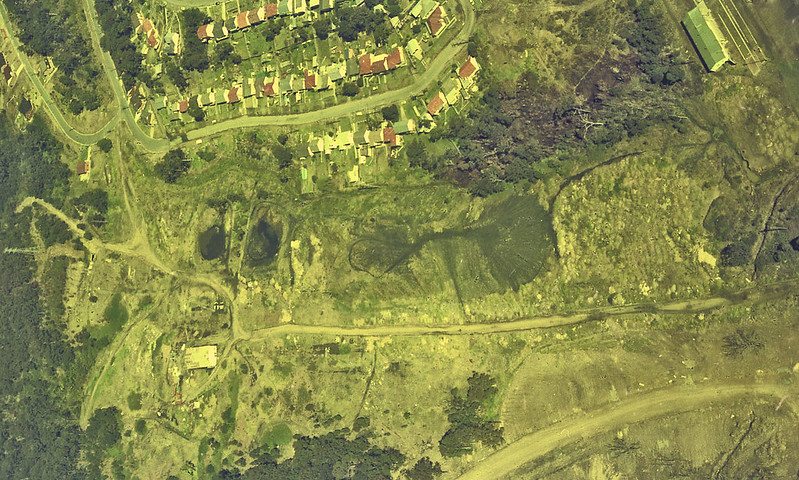
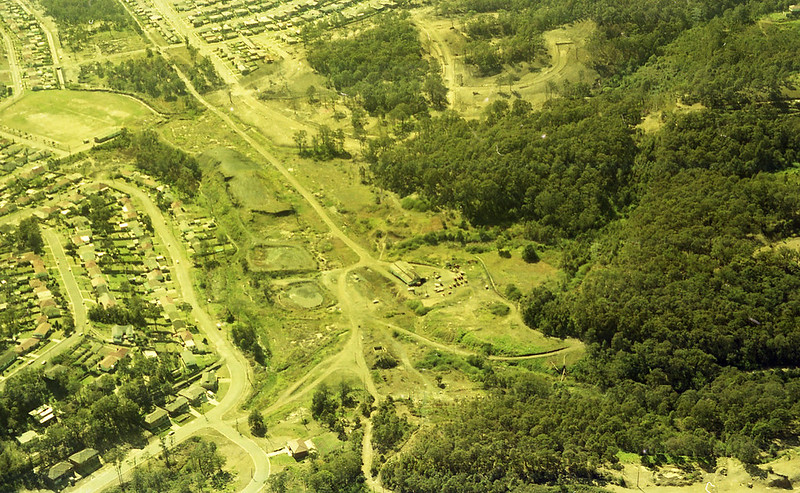
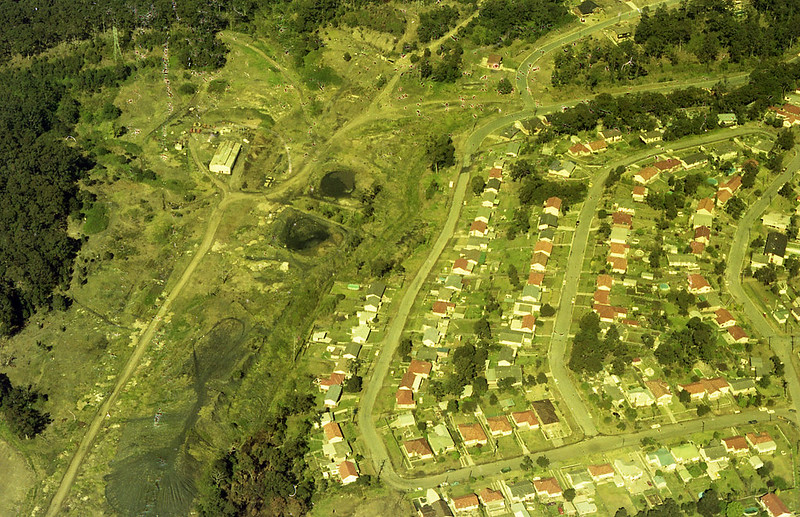
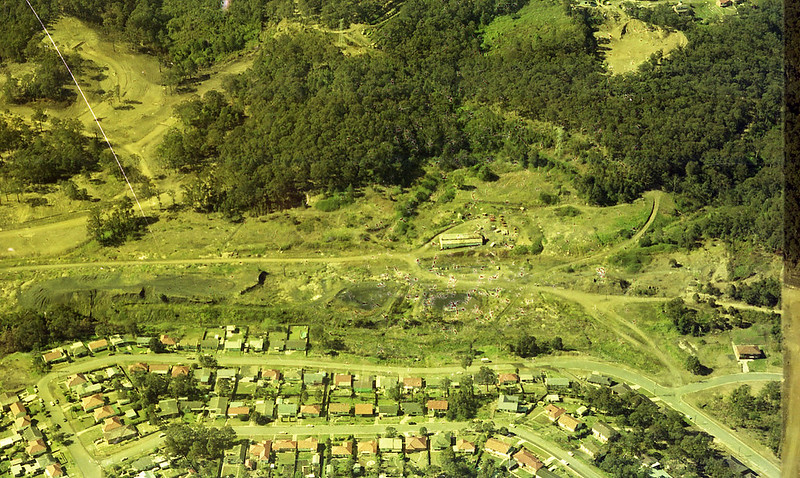
Then and Now 3
1901
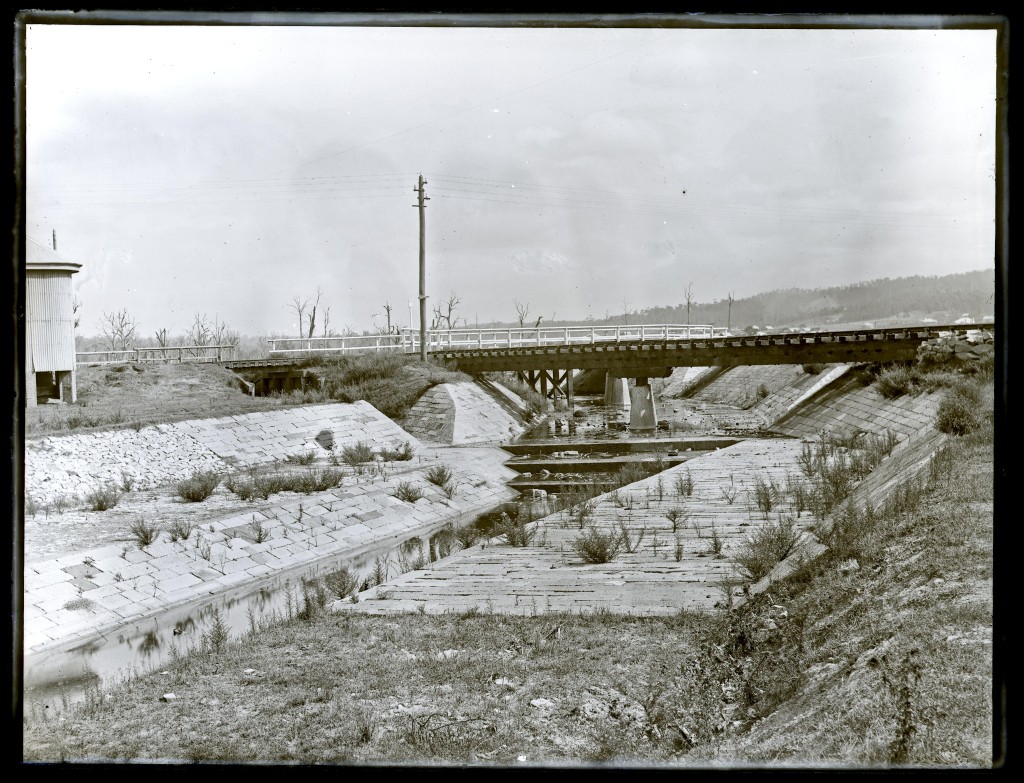
The Gully Line railway crossing the stormwater drain in Broadmeadow. Photo by Ralph Snowball. University of Newcastle Cultural Collections.
2014
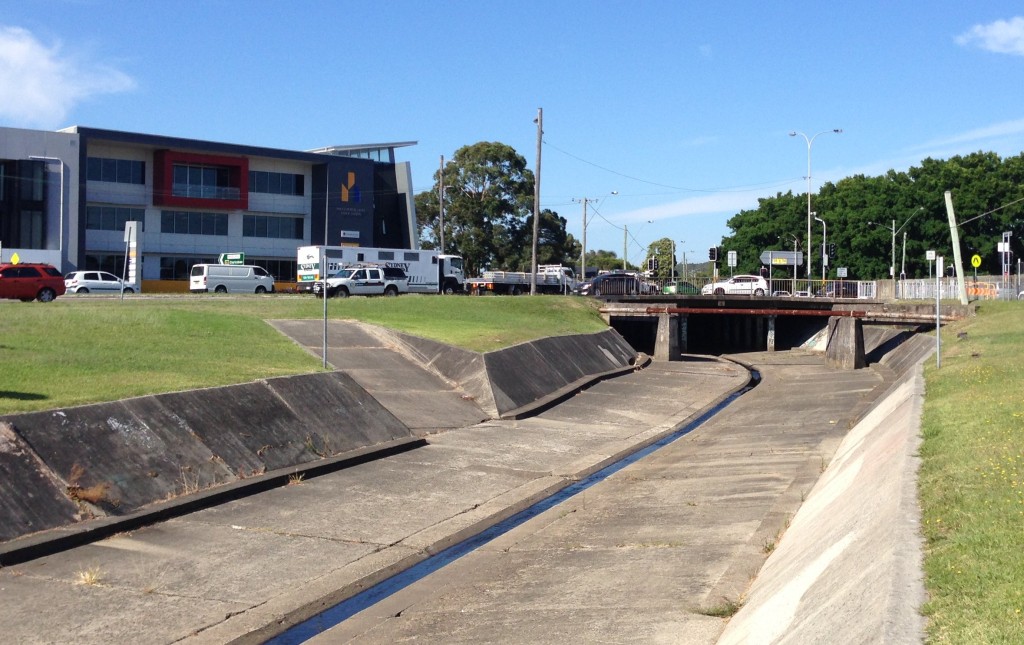 The Gully Line railway ran from Hamilton North to Raspberry Gully (at the bottom of the ridge, just north of Charlestown) to serve the South Waratah colliery. The railway line was completed in 1876. The colliery ceased production on 22nd December 1961. The photos above and below were taken on 22nd December 2014, 53 years to the day after the mine closed.
The Gully Line railway ran from Hamilton North to Raspberry Gully (at the bottom of the ridge, just north of Charlestown) to serve the South Waratah colliery. The railway line was completed in 1876. The colliery ceased production on 22nd December 1961. The photos above and below were taken on 22nd December 2014, 53 years to the day after the mine closed.

